Ordering Number: 23219
Katana in Shirasaya with Koshirae (Tokubetsu Hozon Token)
Signature: Mumei (Ko-Uda, 古宇多)
We divide 4 sections for each sword as Saijyo Saku, Jyojyo Saku, Jyo Saku and Regular Saku.
This sword is ranked as Jyo Saku among Mumei (Ko-Uda) works.
Habaki: Single-layered silver-covered
Blade Length: 68.2 cm (26.85 in)
Curvature: 1.0 cm (0.39 in)
Mekugi Hole: 4 (1 filled)
Width at Base (Motohaba): 2.99 cm (1.18 in)
Width at Tip (Sakihaba): 2.21 cm (0.87 in)
Thickness of rim (Kasane): 0.61 cm (0.24 in)
Era: Late Kamakura period to the Nanbokucho period
Shape: A well-proportioned katana with standard width and thickness.
Jigane: Itame hada with visible ji-nie and well-marked grain; utsuri appears in some areas.
Hamon: Nie-based suguha with ko-ashi and yo entering the pattern.
Features:The Uda school originated from Yamato Province and later moved to Etchu Province.
Its founder was said to be Ko-Nyudo Kunimitsu, who was active during the late Kamakura period.Notable smiths such as Kunifusa, Kunimune, and Kunitomo followed, and the school remained active until the Edo period.
Works made before the early Muromachi period are referred to as "Ko-Uda", and those afterward simply as "Uda".
Many of their swords resemble Norishige, featuring prominent Hadame.
Koshirae:
Tsuba: Shakudo base with wave pattern.
Fuchi: Shakudo nanako base with autumn plants carved.
Kashira: Horn
Saya: Black lacquer saya with Aoi family crest in gold maki-e
Menuki: a picture of Tanuki
NBTHK Tokubetsu Hozon Certificate
Aoi Art estimation paper
Whole Oshigata
Price:1,450,000JPY
Order Form
Related Items:
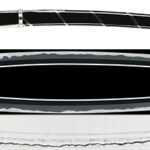 Katana:Mumei (Gassan) (NBTHK Hozon Token)
Katana:Mumei (Gassan) (NBTHK Hozon Token)
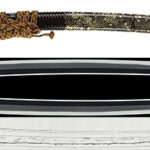 Katana:Mumei (Den Aoe) (NBTHK Tokubetsu Hozon Token)
Katana:Mumei (Den Aoe) (NBTHK Tokubetsu Hozon Token)
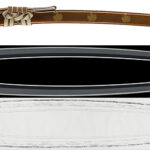 Katana: Nobutsugu(Aoe)(65th NBTHK Juyo Token)
Katana: Nobutsugu(Aoe)(65th NBTHK Juyo Token)
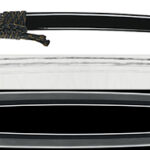 Katana:Mumei (attributed to Den Hosho).(NBTHK Tokubetsu Hozon Token)
Katana:Mumei (attributed to Den Hosho).(NBTHK Tokubetsu Hozon Token)
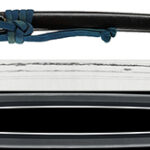 Katana: Mumei (attributed to Ryumon)(NBTHK Tokubetsu Hozon Token)
Katana: Mumei (attributed to Ryumon)(NBTHK Tokubetsu Hozon Token)
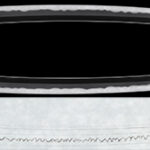 Katana:Sanryu Ryozanshi Masamine Saku Kore(NBTHK Tokubetsu Hozon Token) (Living National Treasure)
Katana:Sanryu Ryozanshi Masamine Saku Kore(NBTHK Tokubetsu Hozon Token) (Living National Treasure)







